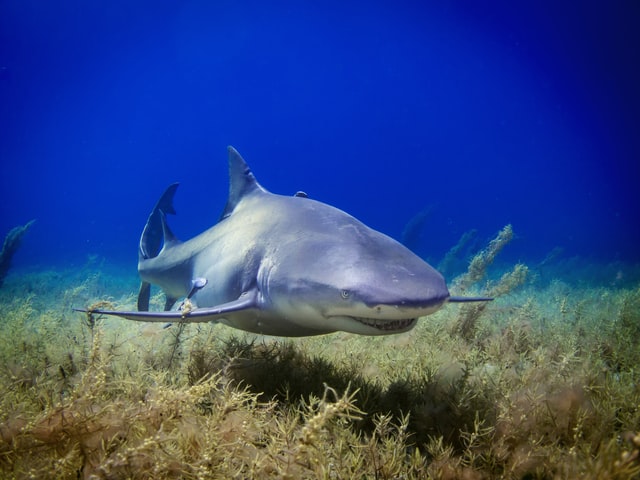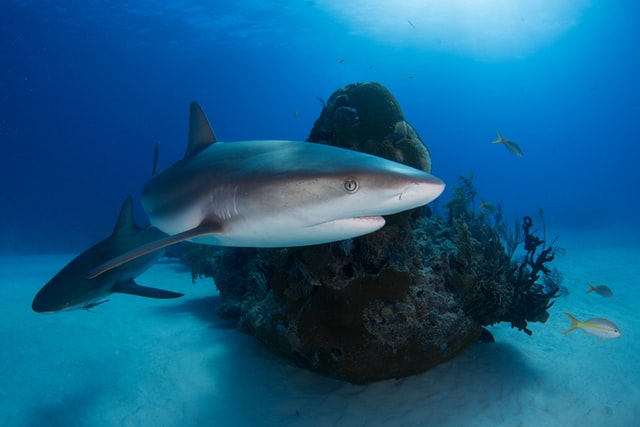Sharks use up to seven senses to navigate their environment. One of them is sight, and shark eyes are designed differently depending on the species and their life habits.
Shark Eye Sight
Sharks have excellent eyesight and are able to see very well in both bright and dim light conditions. They have a double layer of eye muscles, which allows them to swivel their eyes independently and gives them 360-degree vision. Sharks also have a tapetum lucidum, a reflective layer behind the retina that enhances their vision in low-light conditions. This allows them to hunt effectively at night or in deep water where light levels are low.
Sharks have a variety of adaptations in their eyes that allow them to see their prey and navigate their environment effectively. Some sharks, such as the hammerhead shark, have eyes that are positioned on the sides of their head, which gives them a wide field of vision and allows them to detect prey from all angles. Other sharks, such as the great white shark, have eyes positioned on the front of their head, giving them better depth perception and tracking their prey’s movement.
Overall, the eyesight of sharks is highly evolved and allows them to be effective predators in various environments.
Although sharks have poor color vision, they are incredibly good at recognizing contrasts, and each species has a 360-degree field of view. Sharks have a dynamic iris that has the ability to dilate the pupil in the dark and narrow it in bright conditions.

Some species have a yellowish pigment in their eyes that filters UV light for protection from the sun in shallow habitats. This pigment is actually a result of the enzymatic oxidation of tryptophan.
Sharks also have excellent acuity, which is the ability to see fine details and distinguish small objects. This is due in part to their highly developed visual system, which includes a large number of rods and cones in the retina and a well-developed optic lobe in the brain. These adaptations allow sharks to see their prey and navigate their environment effectively, even in the dark depths of the ocean.
The function of the unique reflective coating (“tapetum lucidum”) in the pupil of the eye is to increase the sensitivity of shark eyes to dark environments.
